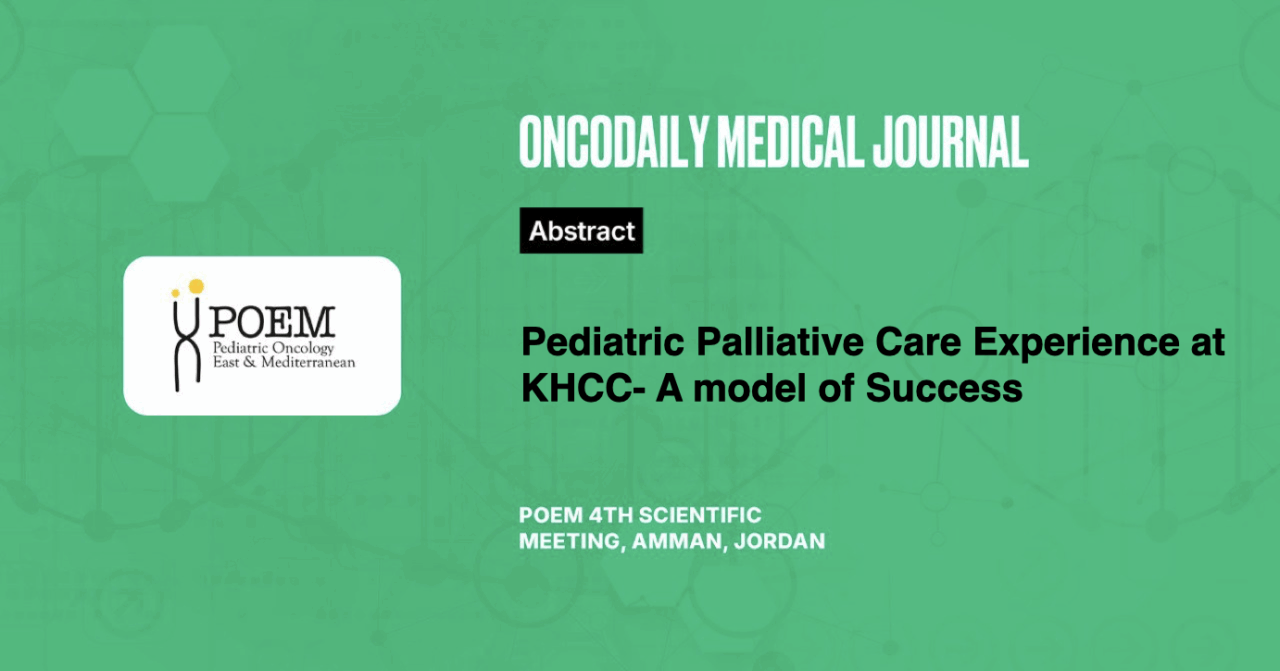Pediatric Palliative Care Experience at KHCC- A model of Success
Abstract
Introduction: Pediatric palliative care (PPC) improves the quality of life for children with chronic and life-threatening illnesses. Globally, only 10% of children in need access PPC, with particularly low availability in low- and middle-income countries. The King Hussein Cancer Center (KHCC) in Jordan established a comprehensive PPC program to bridge these gaps, providing multidisciplinary, culturally sensitive care. This review evaluates the structure, impact, and challenges of the KHCC PPC program.
Methodology: This narrative review examines KHCC’s PPC program since 2003, analyzing institutional data, patient records, and family accounts. Key components include inpatient and outpatient services, home care, and Do Not Resuscitate (DNR) case management. Evidence-based practices, family-centered care, and advocacy efforts are fundamental to the program.
Results: KHCC’s PPC program supports approximately 70% of pediatric cancer and bone marrow transplant patients in Jordan. In 2024, it conducted 211 inpatient consultations, 96 home visits for 35 patients, and over 1,000 outpatient interactions. Its services integrate pharmacological and non-pharmacological interventions to address pain, symptoms, and psychosocial needs. Families reported improved comfort, dignity, and emotional and spiritual support for their children. KHCC is also a regional leader in PPC education, offering workshops, a fellowship program, and international collaborations. Key challenges include limited public awareness, workforce shortages, and inadequate resources for underserved areas.
Conclusion: KHCC’s PPC program exemplifies the potential of culturally adapted care models in resource-limited settings. By addressing societal barriers, enhancing training, and advocating for policy inclusion, KHCC has set a benchmark for PPC in the region. Expanding access, advancing research, and raising awareness are crucial to improving the quality of life for children and families. This model provides a replicable framework for implementation in similar resource-constrained regions.





